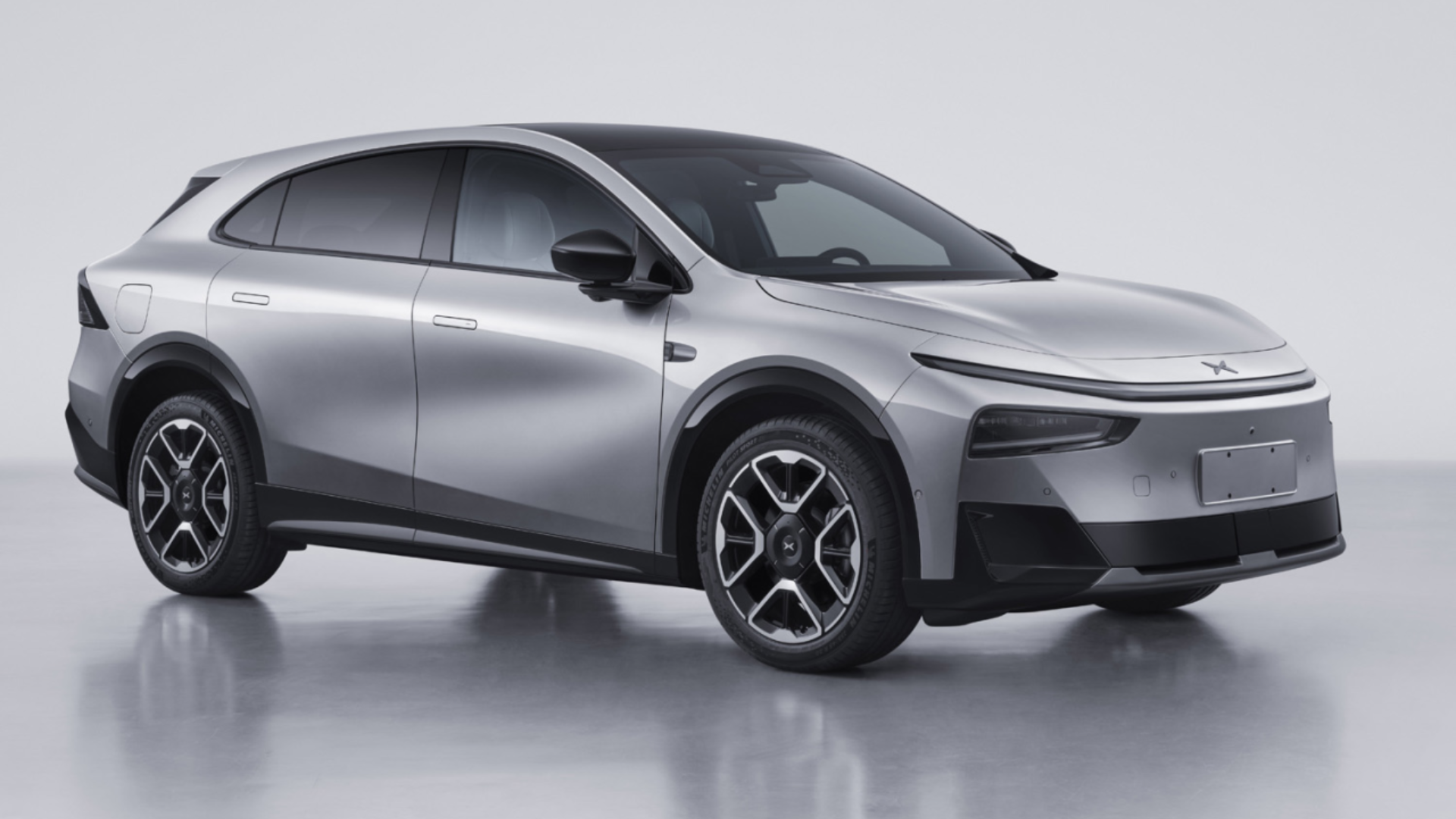The Xpeng G7 is more than just an electric SUV—it's an intelligent vehicle with the processing power of nine NVIDIA Orin-X chips.

Xpeng G7 EREV.
Equipped with three Turing AI chips, Xpeng’s G7 is the first vehicle to claim L3-level computing power.
Chinese EV maker Xpeng has introduced the G7 extended-range electric SUV for drivers who want both long-distance capability and cutting-edge tech.
The new model pairs a 1.5-liter gasoline range-extender with a powerful electric drivetrain, delivering a pure-electric range of about 202 miles before the generator kicks in to recharge the battery on the move.
Its exterior follows the same sleek “Robot Face” design as the all-electric G7, highlighted by a coupe-like roofline and a drag coefficient of just 0.238. Positioned squarely in the mid-size SUV segment, the G7 offers spacious seating, advanced driver-assist features, and triple Turing AI chips that enable L3-level computing power.
Under the hood, the G7 EREV combines a 1.5-liter DAM15NTE gasoline engine acting as a range extender with an electric motor rated at 218 kW (292 hp). The engine itself delivers up to 110 kW (148 hp) and feeds a 55.8-kWh lithium iron phosphate battery pack that supports an estimated 202 miles of pure electric driving under CLTC standards. The SUV can reach a top speed of 126 mph, though Xpeng has yet to disclose the total combined driving range when the range-extender is factored in, CarNewsChina writes.
Compared to the extended-range model, the all-electric G7 uses a rear permanent-magnet synchronous motor delivering 218 kW (292 hp) and 332 lb-ft of torque. Buyers can choose between 68.5-kWh or 80.8-kWh lithium-iron-phosphate battery packs, which provide an estimated CLTC range of about 374 or 436 miles, respectively.
Thanks to the 5C fast-charging capability, the battery can gain roughly 271 miles of range in just 10 minutes, making long trips more convenient and reducing downtime at charging stations.
Xpeng is marketing the G7 as the first AI-focused car to feature Level 3 computing capability, with the company’s CEO, He Xiaopeng, previously explaining that the vehicle’s effective processing power equals that of nine NVIDIA Orin-X chips, delivering more than 2,200 TOPS – between three and twenty-eight times the capability of typical industry chips.
This hardware foundation supports advanced driver assistance and future autonomous functions, setting the G7 apart from other mid-size electric SUVs. Therefore, Xpeng regards massive computing capability as the foundation for higher levels of autonomous driving, including future L3 and even L4 functions.
However, Xiaopeng has noted that while the G7 already delivers the intelligence and processing required for L3 operation, it will only be considered a true Level 3 car once hardware redundancy is fully implemented and the vehicle receives the necessary regulatory approvals. Furthermore, Xpeng’s CEO has also emphasized that high computing power not only raises the upper limits of a vehicle’s AI capabilities but also strengthens the baseline, particularly the safety-related lower limit.
Bojan Stojkovski